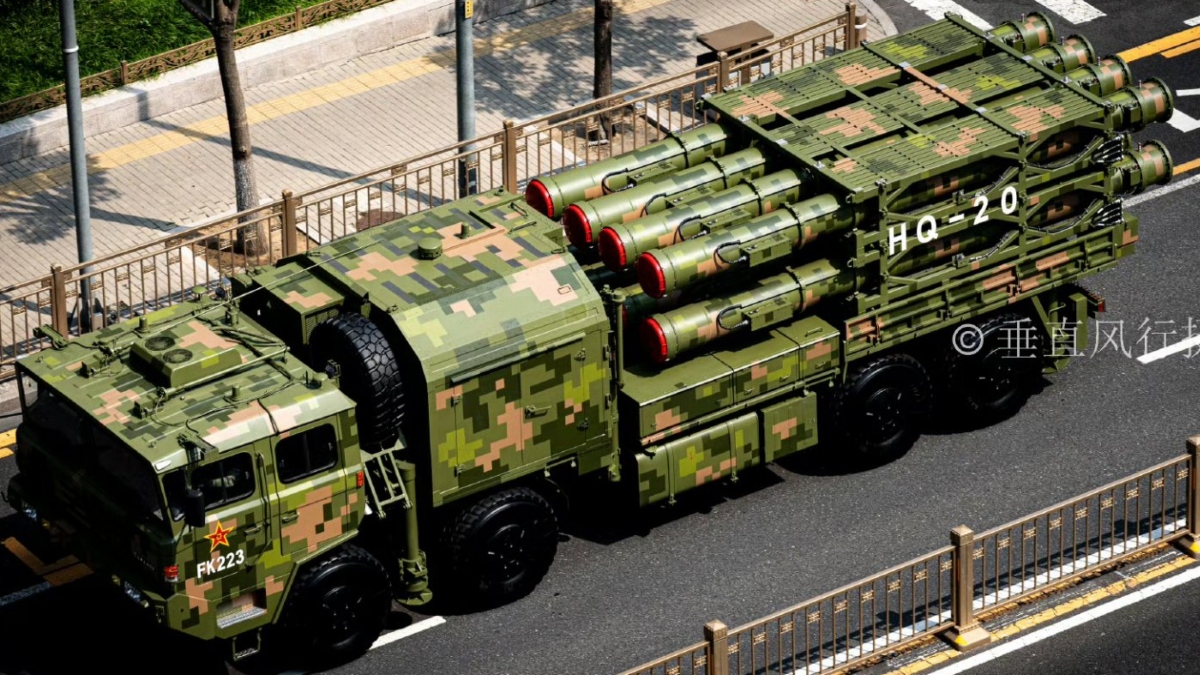China’s multi-layer air and missile defence system now complete? Has HQ-20’s live fire test success made Beijing’s skies impenetrable?
 An HQ-20 battery of the Chinese Air Force | X
An HQ-20 battery of the Chinese Air Force | X
China's People’s Liberation Army Air Force has released unprecedented live fire footage of the HQ-20, confirming the indigenously developed air defence system is in full operational deployment. The HQ-20 system becoming operational is a major boost to China’s multi-layer air and missile defence network, as it is set to fill the role of medium-to-upper-medium range/altitude interceptors.
Till the release of the video footage by the Chinese Air Force, HQ-20s existed as something known only during military parades. The video showed the system's canister elevating ahead of an interceptor release which then struck and took out an incoming projectile mid-air. Its engagement altitude is said to be around 10 metres to 25 kilometres, which makes it capable of taking UAVs and drones, along with low-altitude cruise missiles and even terminal-phase ballistic trajectories head on.
New addition to China’s area denial umbrella
The system is equipped with an eight-cell vertical launcher, meaning that it is optimised for high ready-to-fire density and mobility, something every ground-based air defence regiment around the world would love to have. HQ-16 and HQ-22A surface-to-air missiles are expected to play the role of short-range and long-range interceptions in Beijing's air and missile defence network, but there were questions about the critical medium-to-upper-medium range capabilities. As mentioned above, not much was known about the HQ-20's capabilities ahead of the video release. It has now been established beyond doubt that once integrated, the new systems will serve the crucial role in the multi-layered setup.
Also among the objectives of developing the HQ-20s were the replacement of inclined-launch systems in Beijing's arsenal, Defence Security Asia said in a report. The country wanted a system with rapid reaction time capable of launch from a vertical-launch platform so that it is possible to detect, track, and engage threats coming from any direction, the report added. Improved survivability in multi-directional threat environments was also a priority for China during the development phase.
The radar stability and missile guidance behaviour of HQ-20s were tested across coastal, desert, and high-interference environments for about four years before they were presented before the world. However, no credible source has been able to reveal the exact range of the system, which is believed to be between 50 kilometres and 150–160 kilometres, largely with a possibility to expand it up to 400–500 kilometres through multiple missile variants being not ruled out.
Defence